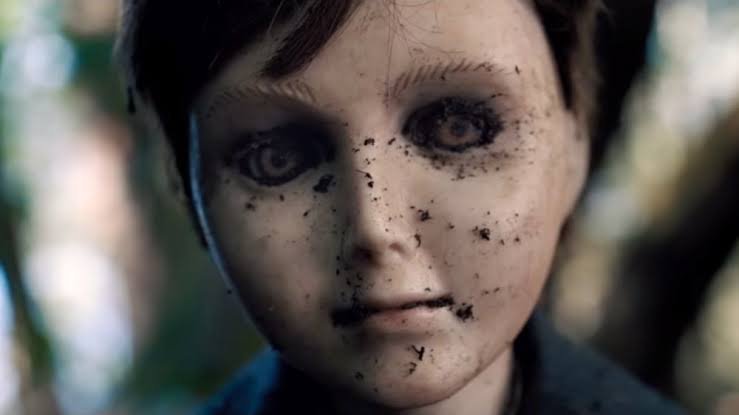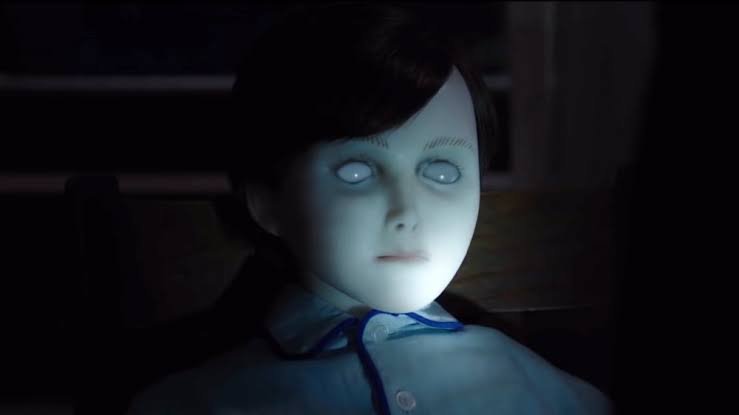Brahms: The Boy II has numerous surprising turns that change the franchise’s trajectory; here’s an analysis of the sequel’s surprises.
The Boy, released in 2016, was a mediocre horror film saved by an unexpected finish. The Boy pulled the rug out from under everyone after spending most of its duration convincing both its protagonists. The audience that the film’s frightening doll, Brahms, was possessed by the ghost of a deceased kid. The real-life Brahms Heelshire, who didn’t die. But lurking in the walls of his family’s house for decades, living vicariously via the porcelain plaything, was the film’s true villain.
As the title suggests, Brahms — the doll, not the man — has returned for the sequel, and much of the plot revolves around that mystery. After all, we saw the original Brahms die after The Boy, so who is orchestrating this current round of otherworldly antics?
Brahms: The Boy II ultimately provides a solution and concludes with a series of absurd turns that make the original appear rather mundane. Do you have any faqs? Because we most emphatically do. There are a lot of them.
What precisely is Brahms?

For better or worse, Brahms: The Boy II entirely undoes the ending of The Boy. The sequel loses no time in demonstrating that, contrary to what The Boy claims; Brahms is far more than a porcelain doll. Brahms starts moving on his own almost as soon as he emerges. He tells his new companion, the little trauma sufferer Jude, things that the child has no way of knowing. He tosses tables and shreds teddy bears.
However, we don’t find out the complete truth until the end of Brahms: The Boy II. The porcelain doll, as Jude’s mother Liza, played by Katie Holmes, discovers, is the host of a terrible monster that has been ripping families apart for decades. Typically, a youngster adopts the doll and later murders it. When confronted with their crimes, the children had a simple explanation: the doll made them do it. Brahms, a human, was one of the creature’s victims. So are Jude, Ralph Ineson’s nasty “groundskeeper” Joseph, and a slew of others.
Is Brahms a real person or a possessed doll?
The great reveal at the end of the original The Boy shows that Brahms is a live person who has grown up within the confines of the home, and the scary doll is more or less a mask for the disturbed orphan’s activities. Brahms: The Boy II takes the story in the other direction, and while the viewer may expect the real-life Brahms to resurface, the danger this time lies in the Brahms doll.
Liza (Katie Holmes), Jude’s mother, investigates the history of the Brahms doll. She discovers that the doll has been associated with a lengthy run of crimes in which children murder their parents. However, she also realizes that the doll is cursed, and it possesses vulnerable youngsters to not only perform its bidding but also to become the new host of its soul. In this regard, Brahms: The Boy II attempts to explain the original film’s acts as a result of the curse and to blame the doll for the actual Brahms’ behavior.
The Meaning of Brahms: The Ending of The Boy II

It’s intriguing to see Brahms: The Boy II swings so dramatically in the series, especially because both films are directed by William Brent Bell. The choice doesn’t exactly pay off, but it keeps the viewer guessing. The Brahms doll is destroyed in the final section of the film, and a far more demonic and rotten version of Brahms lies behind the flawless porcelain exterior.
This summons the evil spirit. But the family can vanquish it. The joyful ending isn’t eliminated until the last minutes when Jude dons Brahms’ porcelain mask. After all, it looks like the spirit has effectively seized him. After all, it looks like the spirit has effectively seized him. With the destruction of the Brahms doll, it appears that any future sequel to Brahms: The Boy II would focus on how this evil copes with finally having a new human host and not being confined to a porcelain cage.







